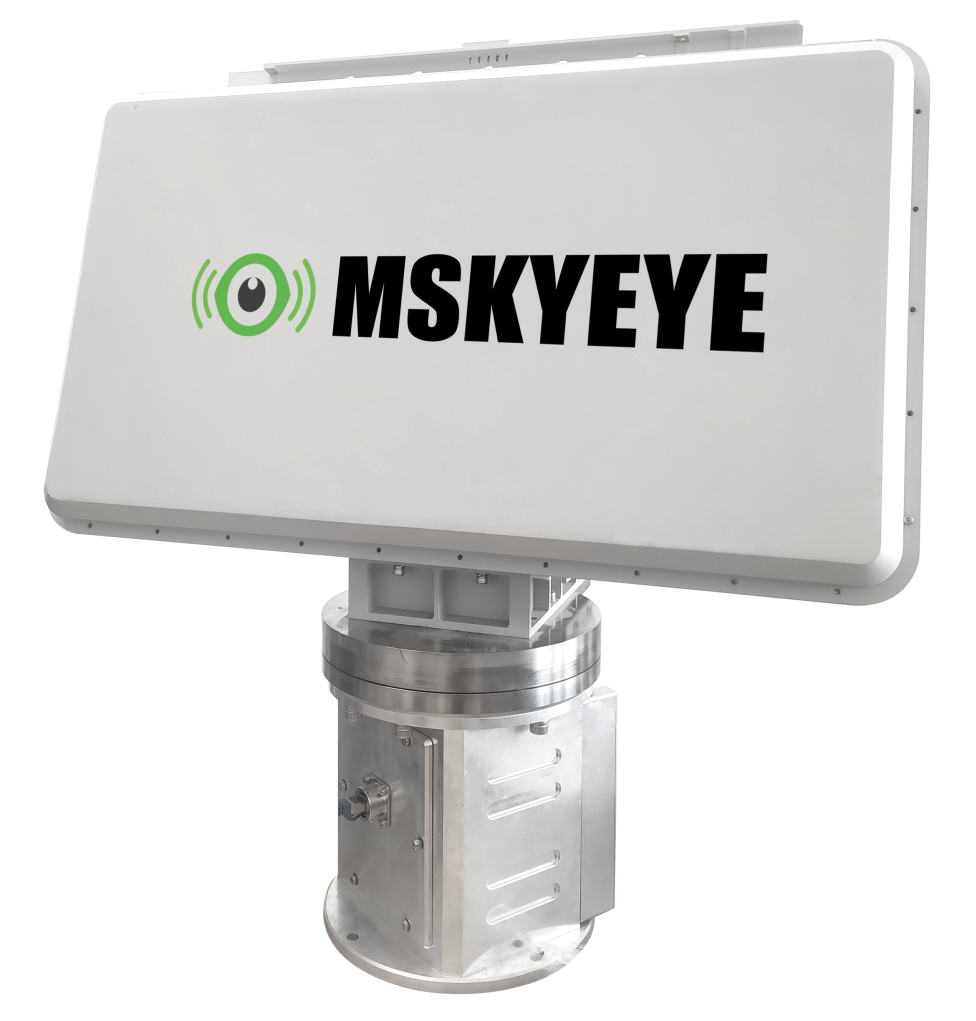With the rapid development of UAV technology, UAV has been widely used in civil and military fields. However, this also brings security risks, especially in terms of the protection of sensitive areas and critical facilities. In response to the drone threat, Counter-Unmanned Aerial Systems (C-UAS) have emerged. According to its working principle, C-UAS systems can be divided into two categories: active defense and passive defense. This letter drone countermeasures small series will analyze its advantages and disadvantages from two aspects.

First, active anti-drone defense
Active defense systems are designed to attack invading drones by directly jamming or destroying them. Such systems typically include electronic jamming, laser weapons, directed energy weapons, and hard-kill means such as missiles and interceptors.
(1) Advantages:
1, efficiency: The active defense system can quickly identify and respond to drone threats, directly eliminate potential security risks by interfering with or destroying enemy drones.
2, immediate response: Once the target is found, the drone can be shot down or interfered with in a few seconds, so that it can not continue to perform the task, effectively protect sensitive areas.
(2) Disadvantages:
1, high cost: The development and deployment of active defense systems is expensive, and the single operation cost of using high-energy weapons and missiles is not low.
2, friendly fire risk: Active defense systems may cause damage to adjacent legitimate aircraft or equipment, increasing the risk of collateral damage.
3. Legal and ethical issues: In some cases, the active shooting down of drones may involve legal and ethical issues, especially in the civilian sphere.
Second, passive anti-UAV defense
Passive defense systems respond to drone threats through detection and early warning, rather than direct attack. Such systems include radar, photodetectors, acoustic sensors, and signal monitoring equipment.
(1) Advantages:
1, low risk: Passive defense system through monitoring and early warning, do not directly take destructive measures, so the risk of friendly fire and collateral damage is low.
2, cost effectiveness: Compared with active defense, passive defense system has lower operating costs, suitable for long-term deployment and large-scale coverage.
3, legal compliance: Passive defense does not usually involve direct attack, so it is less controversial in legal and ethical terms.
(2) Disadvantages:
1. Delayed response: Passive defense systems mainly rely on early warning and linkage response mechanisms, which may lead to an untimely response in the face of rapid emergencies.
2. Reliance on follow-up measures: Passive defense only provides early warning information, and actual countermeasures still need to rely on other means, which may lead to the comprehensive defense effect is not as direct and effective as active defense.
3, technical complexity: Effective passive defense systems require advanced detection and identification technology, and may be affected by environmental factors, such as weather or terrain.
conclusion
Active and passive anti-UAV defense systems have advantages and disadvantages, and the specific choice should be determined according to defense needs and scenarios. Active defense is applicable to the protection of high-risk and high-value targets and can directly eliminate threats. Passive defense, on the other hand, is suitable for extensive coverage and long-term monitoring, providing continuous early warning capabilities. In practice, the best strategy is often to combine active and passive defense to form a multi-layered, multi-means integrated defense system to deal with the evolving drone threat.

